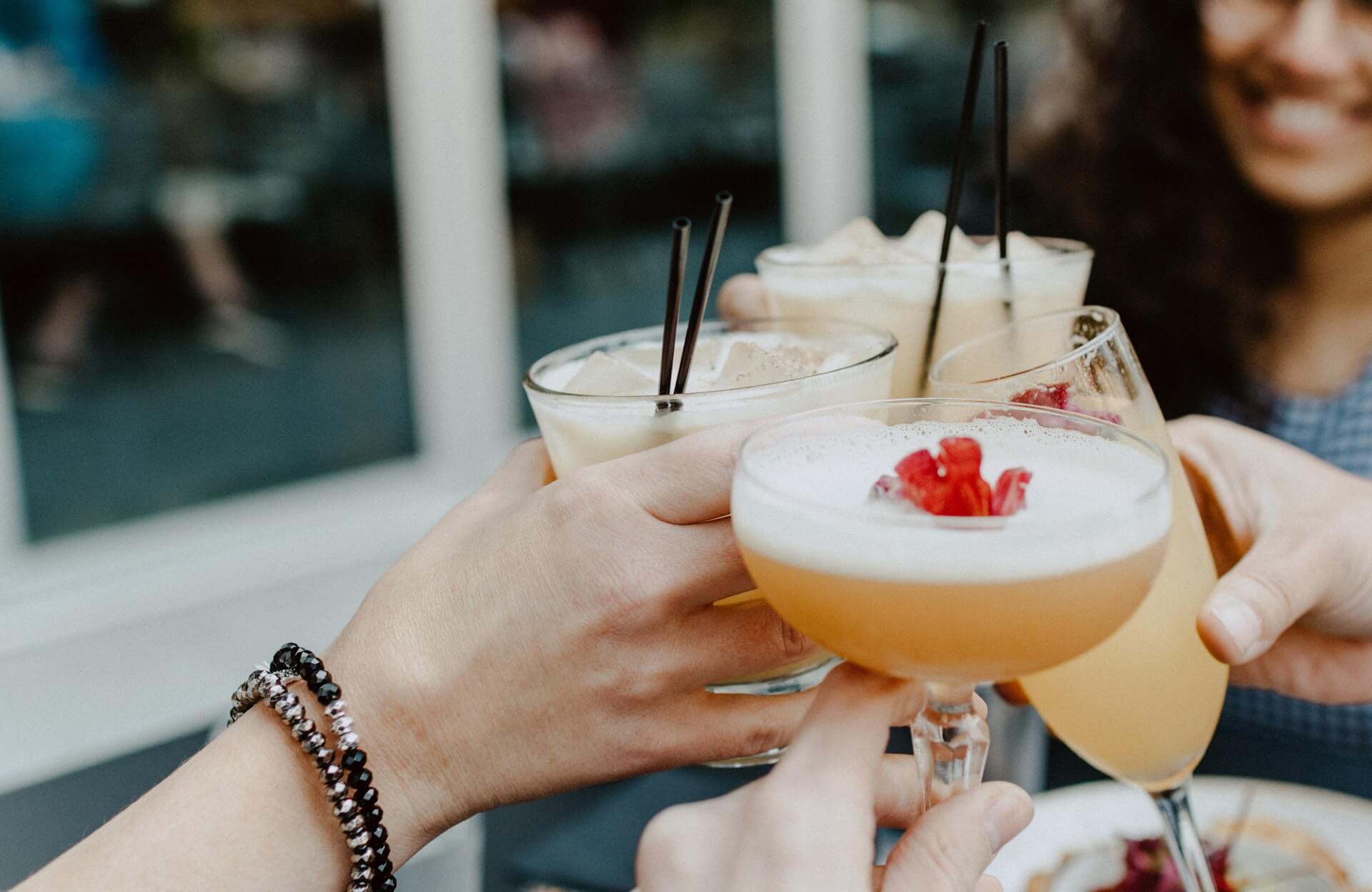Prepare for the New Rules of Hospitality
by David Klemt

Guests are returning to bars, restaurants, and hotels, so you need to prepare now for the new rules of hospitality.
If you’re wondering what those rules are, wonder no more. We have a number of articles addressing them, some of which are here, here, and here.
Phil Wills, owner and partner of the Spirits in Motion and Bar Rescue alum, also has some thoughts. In fact, Wills shared his approach to what he identifies as the new rules of hospitality last week.
View this post on Instagram
During Bar & Restaurant Expo 2022, Wills presented “The New Rules of Hospitality: What a Post-pandemic Consumer Wants.”
Below, you’ll find what Wills has to say about hospitality in 2022 and beyond in three categories.
Hospitality
Wills kicked off his session with a simple question: How do you define “hospitality”? And yes, he put attendees on the spot, asking them for their answers.
It’s always at least a bit amusing that even the most outgoing operator gets shy in a conference setting. I’ve never seen so many people suddenly need to check their phones, shoes, or the ceiling tiles as when they’re asked to participate in a class or education session.
For Wills, the definition is “making a guest feel welcome, as though they’re in your home.”
Obviously, the answer is different for everyone. As Wills says, the key is considering how you and your brand define hospitality. If that seems easier said than done, Wills has some tips, presented in the context of a guest visit.
First, guests take in the sights, sounds, and smells of your space. They also consume your menu items, and converse with your staff, their party, and other guests.
Look at your business through the eyes of your guests. Now, this can be a difficult exercise, particularly if you spend a lot of time in your restaurant, bar or hotel.
So, ask team members to do the same and provide feedback. We take for granted what our spaces, food, and drinks look like.
To improve the guest experience, pay attention to ticket times and F&B consistency. This will reduce recovery incidents and phrases.
Finally, Wills recommends engaging with guests (if that’s what they want). However, he also suggests facilitating connections between guests.
Interestingly, Wills also says, “Regulars are old money. You want to get that new money.” Then, you want to convert that new money into old money. Rinse, repeat.
Training
As relates to training, Wills categorizes new hires in two ways: toll takers and moneymakers.
Toll takers take a toll on your business. They cost you money, and if they don’t receive the proper training they can chase guests away.
So, you’ll need to spend time and money to convert toll takers into moneymakers.
Speaking strictly in a technical sense, training needs to provide team members with the knowledge and tools to become moneymakers. To accomplish this, Wills has three keys to making training stick:
- Don’t make training too easy. If training is easy, team members won’t retain what they’re taught. Challenge your staff.
- Vary your training. There are a number of training methods at your disposal. Use multiple methods to engage your staff. Wills suggests combining shift work, book work, and tests, at a minimum.
- Turn training into a competition. At this point, we’re gamifying just about anything. So, Wills recommends the platform 1Huddle to gamify your training.
Labor
Simply put, Wills says we need to find new ways to make this industry exciting to new hires.
According to the National Restaurant Association, we’re still seeing significant job losses in hospitality, foodservice, and lodging and accommodation.
In fact, we’re down 14 percent when it comes to full-service restaurant jobs. For bars and taverns, the number is 25 percent.
For Wills, offering incentives, mental health breaks, and even cash bonuses for staying in role for a number of months can draw the attention of new workers.
However, he also has another interesting idea: making people smile. On average, according to Will’s research, people smile 20 times each day. He wants to find ways to make people smile 20 times during a single visit to a restaurant or bar.
Now, Wills admits he’s still working on how to accomplish this lofty goal. I believe a key component is creating a working environment that inspires team members to smile 20 times per shift.
Image: Kelly Sikkema on Unsplash
